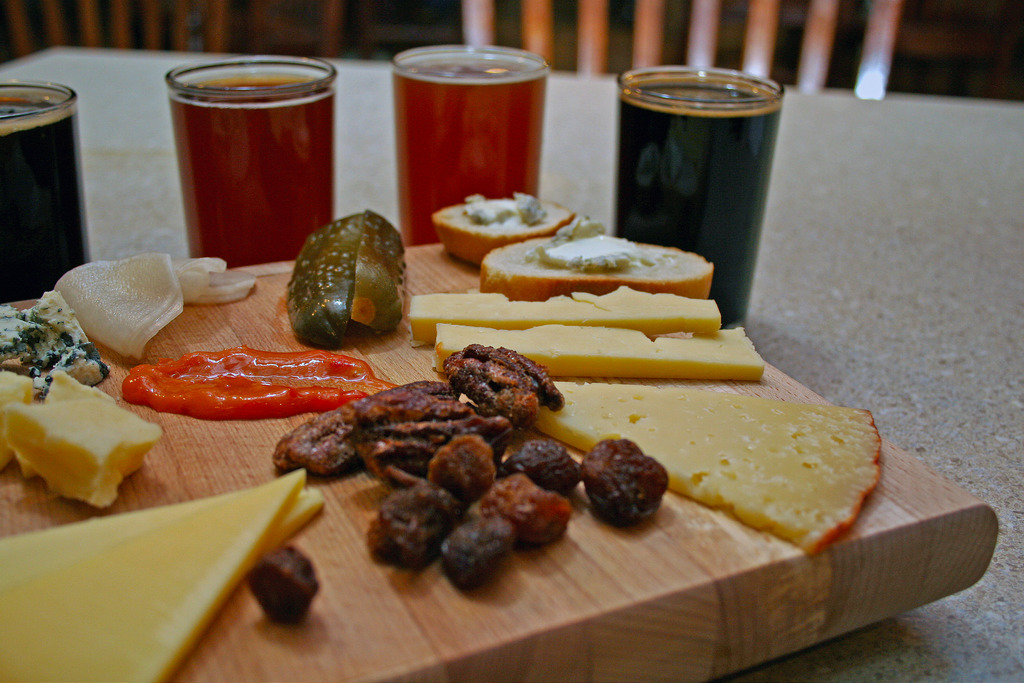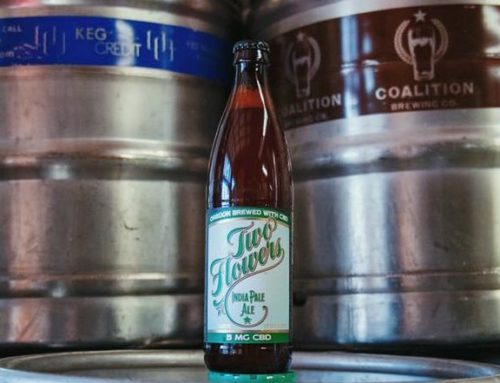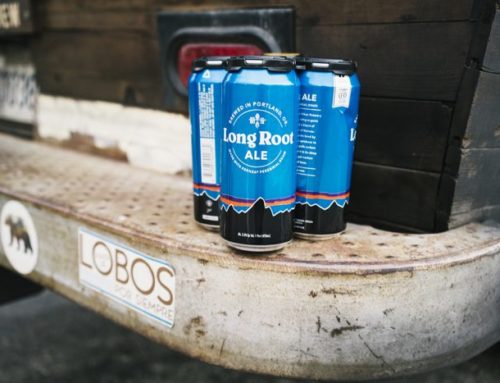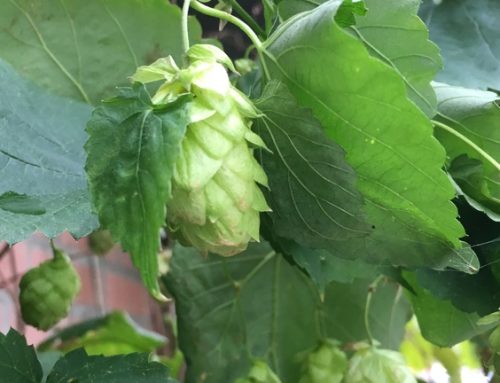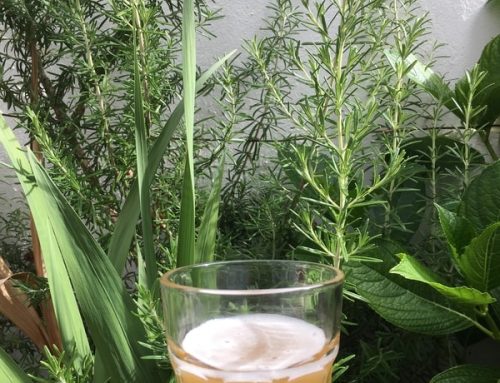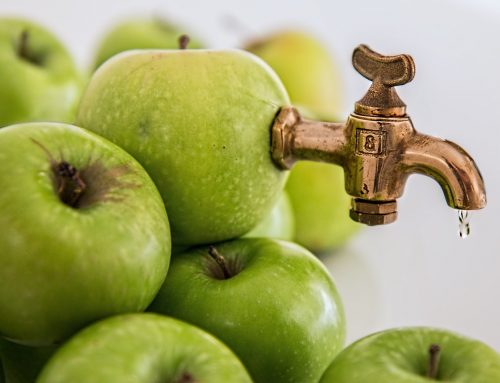The modern craft beer movement brought about a revolution in flavor. Where once we all drank light domestic lager, the past few decades brought new styles to the fore. Instead of asking for a Budweiser, people who don’t know what they want now ask for “an IPA.” Never mind that there about a thousand styles of IPAs in 2018! But maybe one of the most underrated parts of the craft beer revolution isn’t the beer. Now that we have a variety of interesting beers to do it with, beer pairing is a real possibility. And one you shouldn’t ignore.
Domestic lager doesn’t pair with much besides American football. Berlinerweisses, wet hop IPAs, and roasty dark lagers, however, can enhance a whole lot of dishes. The following is our short guide to pairing beer with food. Maybe you won’t be hosting five-course dinners after reading it, but hopefully you’ll be better equipped to grab the right bottle for your next barbecue!
Beer Pairing Based on Strength
The most important thing to consider before trying to pair beer with a dish is their relative strength. You wouldn’t want to pair a delicate piece of flounder with an imperial stout. At least not if you had any hope of tasting the fish. Which is not to say you can’t pair seafood with stout. Oysters and stout are a classic combination, and there’s even such a thing as oyster stout!
But in all seriousness, matching the strength of the beer with the strength of its accompanying food is very important. Despite being seafood, oysters are one of the world’s most powerful and distinct flavors, after all! In general, super hoppy beers, roasty dark beers, or full-bodied brews will do much better with hearty food. Color can actually be a useful guide as well, as a dark, robust beef stew will likely pair well with an imperial stout, where a Hefeweizen might get steamrolled by the stew’s intense flavor. Just as with wine, light, clear beers do better with fish and vegetables, while darker, richer beers go well with meat and heavy starches. Pilsner with perch, imperial stout with steak, essentially.
Seek Something in Common
Beer pairing also works best when the beer shares a similar flavor element with its partner dish. Perhaps the most obvious example of this would be porter and good chocolate. There are plenty more though. Cheeses boast a pretty wide range of flavors themselves, so beer and cheese pairing is a great illustration of this. A sharp, pungent Roquefort is marvelous with an equally pungent, brettanomyces-heavy pale ale, like the ones you can occasionally find at Seattle’s Holy Mountain Brewing. Nutty browns go well with nutty, earthy cheddars, tart sours go well with acidic salads, and so on. This doesn’t mean that every time you have a beer with dinner, you’ve got to find one that has a flavor match with your food. There are plenty of complementary flavors out there, but matching similar ones certainly helps.
Strike the Right Balance
Many elements of flavor in beer interact with the specific flavors of food, creating an entirely different flavor profile in combination. Bitter, highly carbonated, and highly alcoholic beers can provide the perfect foil for fatty food. They’re also very effective at cutting sweetness. On the flip side, rich, sweet beers are great for mellowing out highly acidic or spicy dishes. One combination worth noting is that bitter hops are a force multiplier for spice. If that IIPA you’re pairing with your five-star chili has plenty of malt to it, that might help reign in the spice. If not, condolences!
For even more info on beer pairing, the Brewers Association has a great flyer that breaks down the best savory dish, cheese, and dessert to serve with several different styles of beer.

